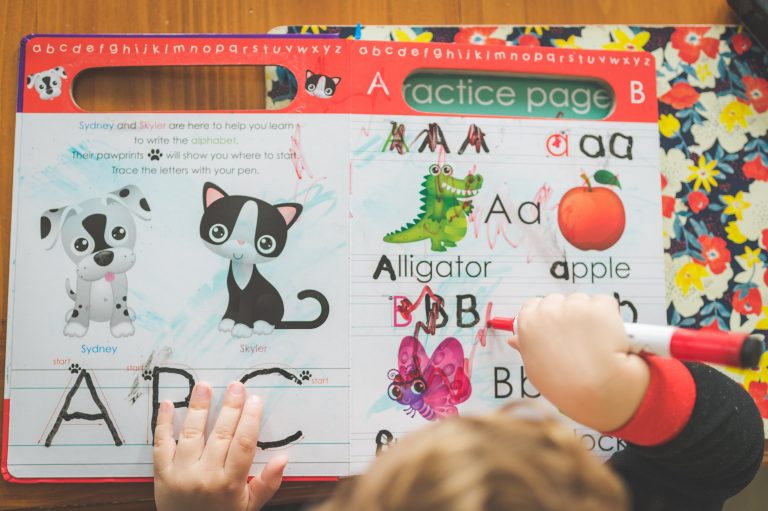Robust Vocabulary
A specific technique I use with children with developmental language disorder is Robust Vocabulary Intervention. The technique is outlined in Beck and McKeown’s Bringing Words to Life book. In a nutshell it “involves directly explaining the meanings of words along with thought-provoking, playful and interactive follow-up”. Words to ‘bring to life’ are selected according to a three tiered approach:
Tier 1 words:
These are the most basic words which typically appear in spoken conversations, e.g. warm, cat, girl, swim. Children are exposed to these words a lot, from a very young age, so they become familiar with them easily, usually without intervention.
Tier 3 words:
Are words that are rarely used, and are usually limited to specific topics and domains, e.g. photosynthesis or crenulation. These words are probably best learnt when a specific need arises.
Tier 2 words:
Are words that are used often by mature language users and are found across a variety of settings, e.g. measure, harvest, annoy. Many of these words are found in written text, and used more rarely in conversation and so children are less likely to learn the words independently.
Beck & McKeown recommend instruction directed towards Tier 2 words as being the most productive approach, with an aim of teaching around 400 new words per year.
Note: Children with learning difficulties or an English as a Second Language background may still benefit from explicit teaching of some Tier 1 words.
It’s like Goldilocks – not too easy, not too hard – just right. Tier 2 words are selected for focus by the adult.
Here’s an example – one of my favourite books is “Where the Wild Things Are”.
What words could I use for focus – there’s so much choice: wild mischief tumble private terrible rumpus. Let’s focus on mischief…
When introducing words to young children, direct teaching should occur after a story has been read, so there is a strong context with which to begin teaching the meaning of the new word. This is the first part of introducing new words to young children. It provides a situation that is already familiar and provides a rich example of how the word is used.
When giving a definition of the word to young children, an example of the word’s use should be embedded within it, as this can help pinpoint and clarify its meaning. This is also important to ensure that children have examples of the word beyond the original use in the story; using contexts the children are familiar with and interested in is one such way to do this.
This is a fundamental part of the process, as multiple contexts are needed for a child to construct meaningful and memorable representations of the word. It also helps to stop young children limiting their use of a word to the context in which it was originally presented.
So – mischief – let’s look at what is happening on the page where the author uses that word. Look at Max, what’s he doing? (answers might vary but all related to the ‘bad’ or ‘naughty’ things Max is doing).
That’s right, Max is being naughty. He’s hammering into the wall; he hung the teddy up, he’s standing on books. The word mischief to me means doing things that are a bit naughty or bad. He’s certainly being naughty here.
I remember I used to hide from my little brother and jump out and scare him. That was a bit of mischief! (Educators could use the adjective ‘mischievous’).
The final part of teaching new words is giving the children opportunities to interact with the words that have been introduced. Respond to their suggestions and examples.
Can you think of something that might be ‘mischief’? Have you seen anyone get up to mischief?
Beck & McKeown suggest that up to 10 new words can be learned a week using their techniques for early learners.

